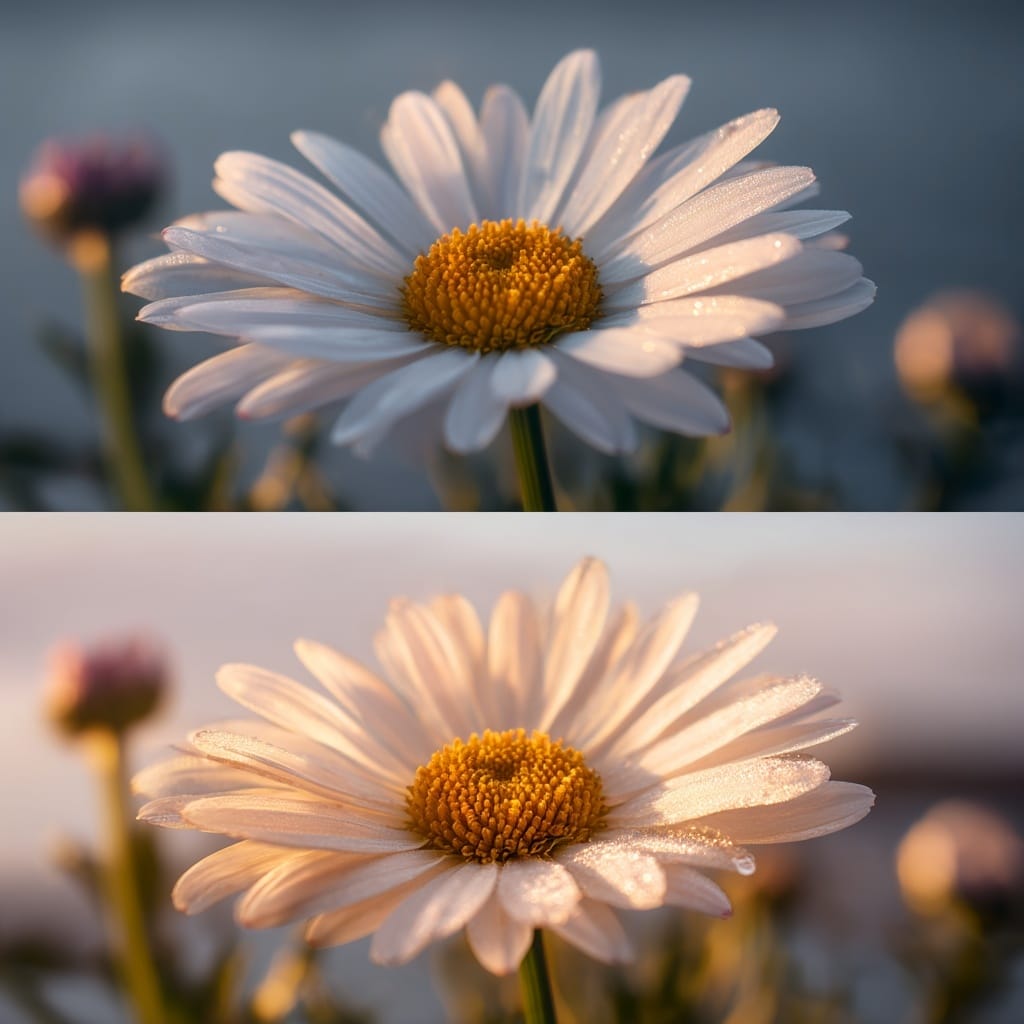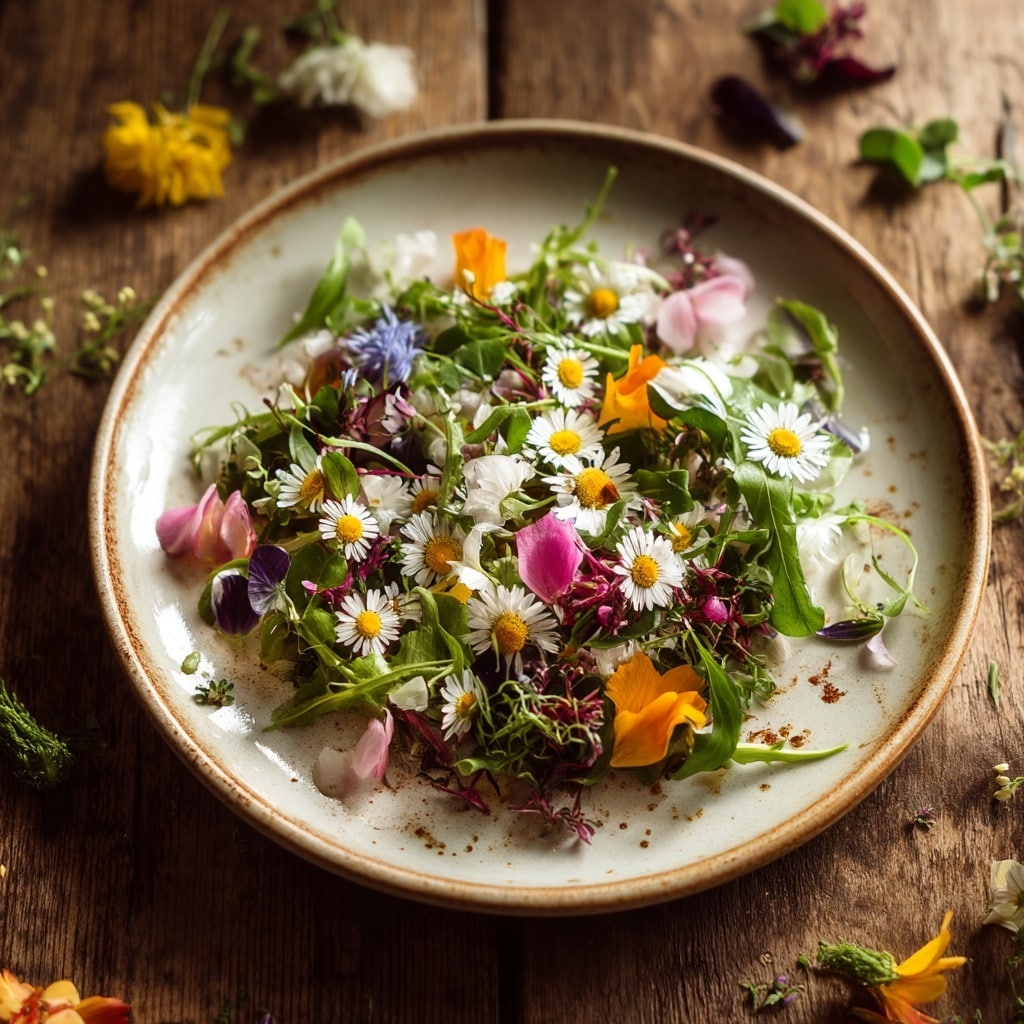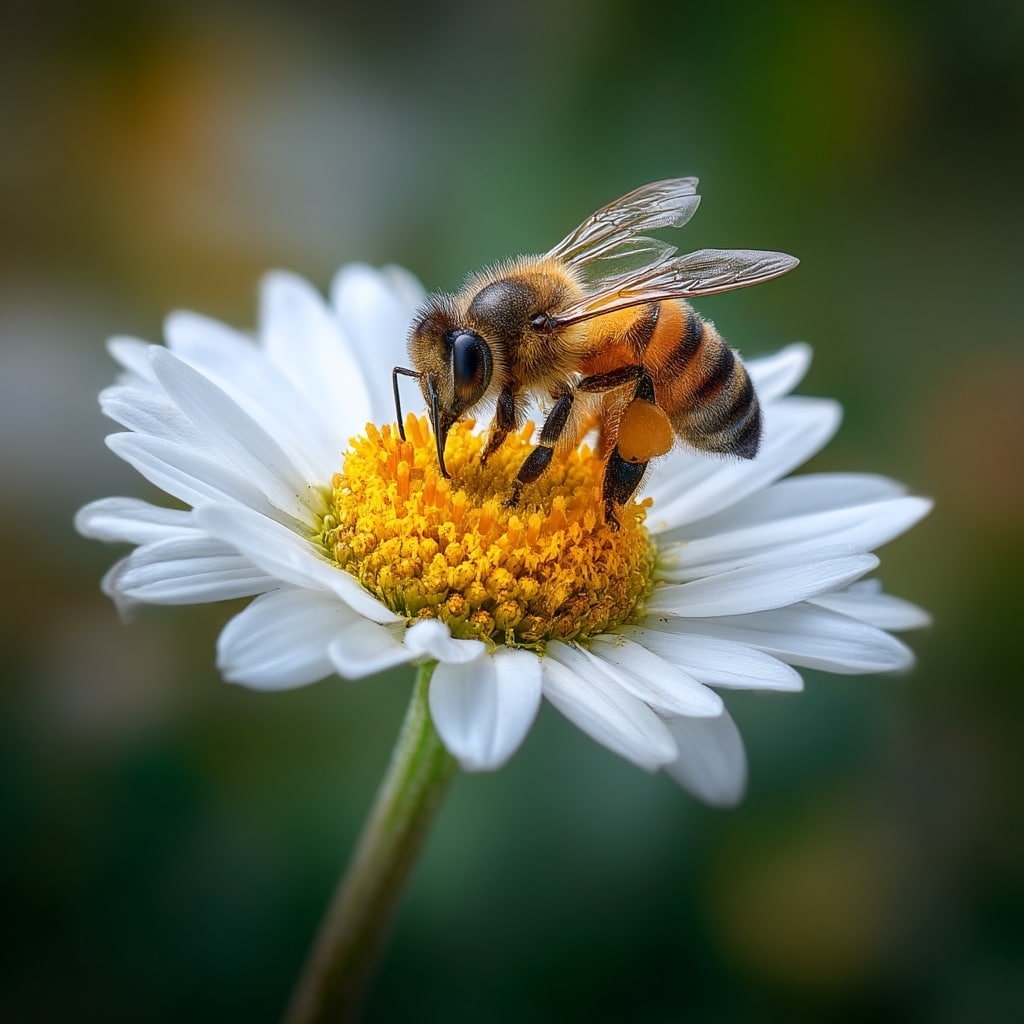Daisy lovers know there’s something irresistibly cheerful about these bright, sun-kissed blooms. Whether you’re strolling past a garden border or admiring a wildflower meadow, the simple elegance of a daisy can instantly lift your spirits. But beyond their familiar white petals and golden centers lies a world of surprising detail. From ancient meanings to modern pollinator benefits, daisy flower facts reveal just how extraordinary these humble blooms truly are.
In this article, you’ll discover five fascinating insights about daisies — from their global reach to their symbolic charm — all designed to deepen your appreciation for this garden favorite.
Table of Contents
1. Daisies Grow Almost Everywhere
One of the most remarkable things about the daisy is its adaptability. Native to Europe and temperate parts of Asia, this resilient flower has made itself at home across the globe — from the plains of North America to the gardens of Australia. In fact, you can now find daisies thriving on every continent except Antarctica.
What makes the daisy so widespread? It’s a master of survival. These plants can flourish in both wet and dry conditions, tolerate full sun or partial shade, and grow at a variety of elevations. Whether it’s a rocky hillside or a flat garden bed, a daisy can usually make itself comfortable. Some species are even drought-tolerant, making them ideal for low-maintenance landscapes.
Another fun daisy flower fact: they’re close relatives of the sunflower, and they share the same preference for open, sunny spaces. Their shared botanical family means you’ll often see them in similar garden designs, bringing that same sunny energy in a smaller, more delicate form.
2. The Meaning Behind the Name Daisy

Ever wondered how the daisy got its name? It’s more poetic than you might think. The word “daisy” comes from the Old English phrase “daes eage”, which means “day’s eye.” This charming name refers to the flower’s daily habit of closing its petals at night and opening again with the morning sun — as if it’s waking up to greet the day.
This behavior isn’t just symbolic; it’s also part of the plant’s natural rhythm. The opening and closing motion helps protect the delicate inner parts of the bloom from nighttime moisture and pests, while also tracking sunlight for better pollination during the day.
This little detail is just one of many delightful daisy flower facts that connect the bloom to themes of new beginnings, renewal, and optimism. It’s no wonder daisies have come to represent purity and fresh starts in many cultures around the world.
So the next time you see a daisy in the early morning, you’ll know it’s not just beautiful — it’s right on time.
3. More Than Just a Pretty Face

The daisy might look delicate, but it’s more than just garden eye candy. Beyond its visual charm, this versatile flower has a surprising list of practical uses — from culinary to medicinal.
Yes, you can actually eat certain types of daisies. Young petals and leaves from varieties like the English daisy (Bellis perennis) are often used as garnish in salads, desserts, or teas. These edible blooms add a subtle bitterness and a pop of color to dishes, offering a whimsical, natural touch. Plus, they’re related to the artichoke, so it’s no surprise they have a nutritional edge — especially when it comes to vitamin C.
Historically, daisies have also been valued for their healing properties. Herbalists have used them to reduce inflammation, soothe coughs, and aid digestion. Some even used daisy-infused salves to help slow minor bleeding or heal bruises.
However, not all daisies are safe to eat. Individuals with allergies to ragweed or chrysanthemums may want to avoid them, and any flower treated with pesticides should never be consumed. If you’re curious about adding daisies to your plate, make sure they’re organically grown and properly washed.
This is one of those daisy flower facts that proves beauty and function can go hand in hand.
4. Why Pollinators Love Daisies

If you want to attract bees and butterflies to your garden, planting a daisy is a smart move. These cheerful blooms are a pollinator magnet — and there’s a good reason for it.
The structure of a daisy is ideal for pollinators. What looks like a single flower is actually a collection of many tiny florets clustered around a central disk. This formation, known as an inflorescence, offers an abundant and concentrated source of nectar and pollen — allowing bees to gather food efficiently with minimal effort.
Shasta daisies, in particular, are favorites among bees thanks to their wide, flat surfaces that make excellent landing pads. Butterflies are also drawn to the daisy’s bright colors and accessible nectar, making these flowers a key player in supporting backyard biodiversity.
Including daisies in your planting scheme doesn’t just add color — it plays an active role in supporting local ecosystems. It’s another reason these blooms have earned their place in sustainable garden designs.
Among all the daisy flower facts, this one may be the most important for those who garden with pollinators in mind.
5. The Symbolism of Daisies

The daisy isn’t just beautiful — it’s meaningful. Across cultures and generations, these flowers have carried deep emotional symbolism, making them a favorite for gifts, celebrations, and garden storytelling.
Traditionally, daisies represent innocence, purity, and simplicity. That’s why they often appear in baby showers, springtime arrangements, and floral crowns. In Norse mythology, they were associated with Freya, the goddess of love and fertility — further linking daisies to themes of new beginnings.
Color plays a role in daisy symbolism too. The classic white petal with a yellow center is most common and represents honesty and humility. Meanwhile, blue Marguerite daisies are linked to peace and openness, while pink varieties are seen as a sign of affection or gentle love.
Another charming daisy flower fact: April-born individuals can call the daisy their official birth flower. A bouquet of these cheerful blooms is a thoughtful birthday gesture with extra meaning.
Whether planted in a garden or gifted in a vase, the daisy carries a message of warmth, patience, and loyalty — all wrapped up in its sunlit petals.
Final Thoughts on the Cheerful Daisy
From its global reach to its symbolic charm, the daisy proves that simple beauty often holds the deepest stories. Whether you’re planting them to attract pollinators, adding them to your meals, or simply admiring their bright faces in bloom, these flowers offer more than just visual delight. Their resilience, usefulness, and gentle message make them a lasting favorite in gardens and hearts alike.
So the next time you see a daisy, take a moment to appreciate just how much this little flower has to say — and maybe even welcome a few into your own yard.





